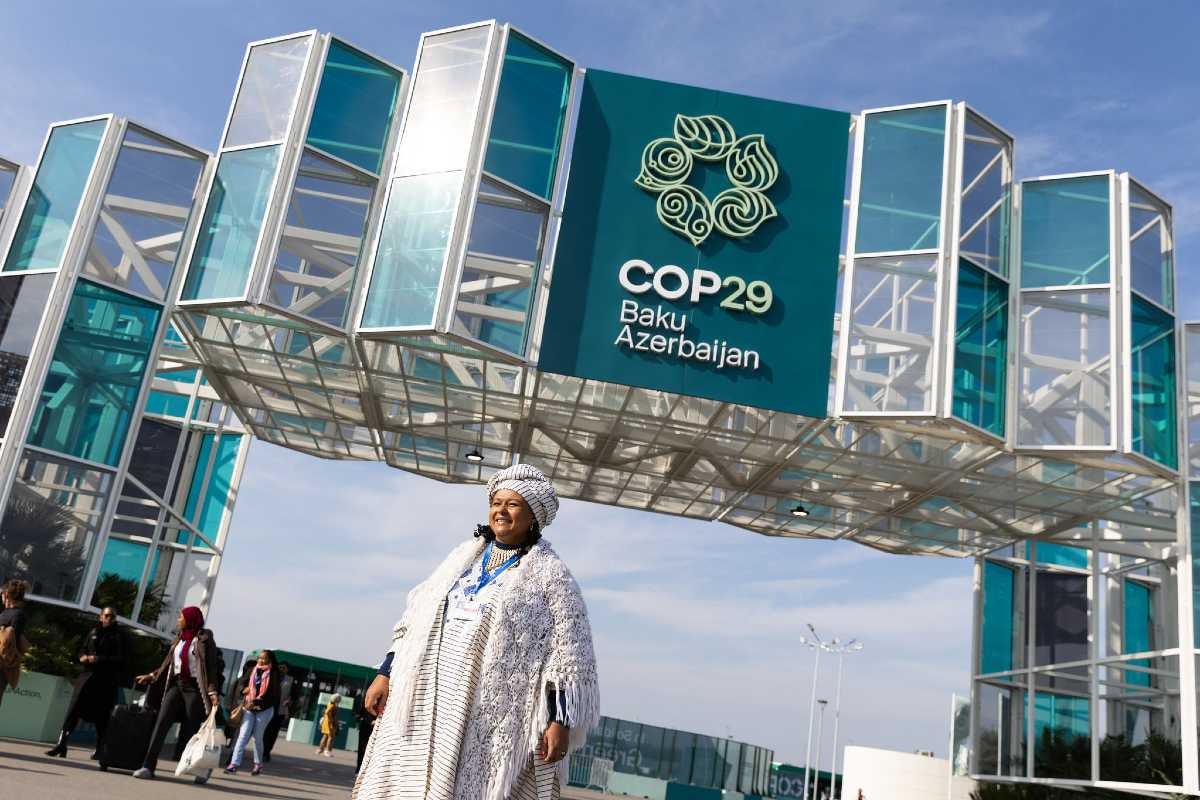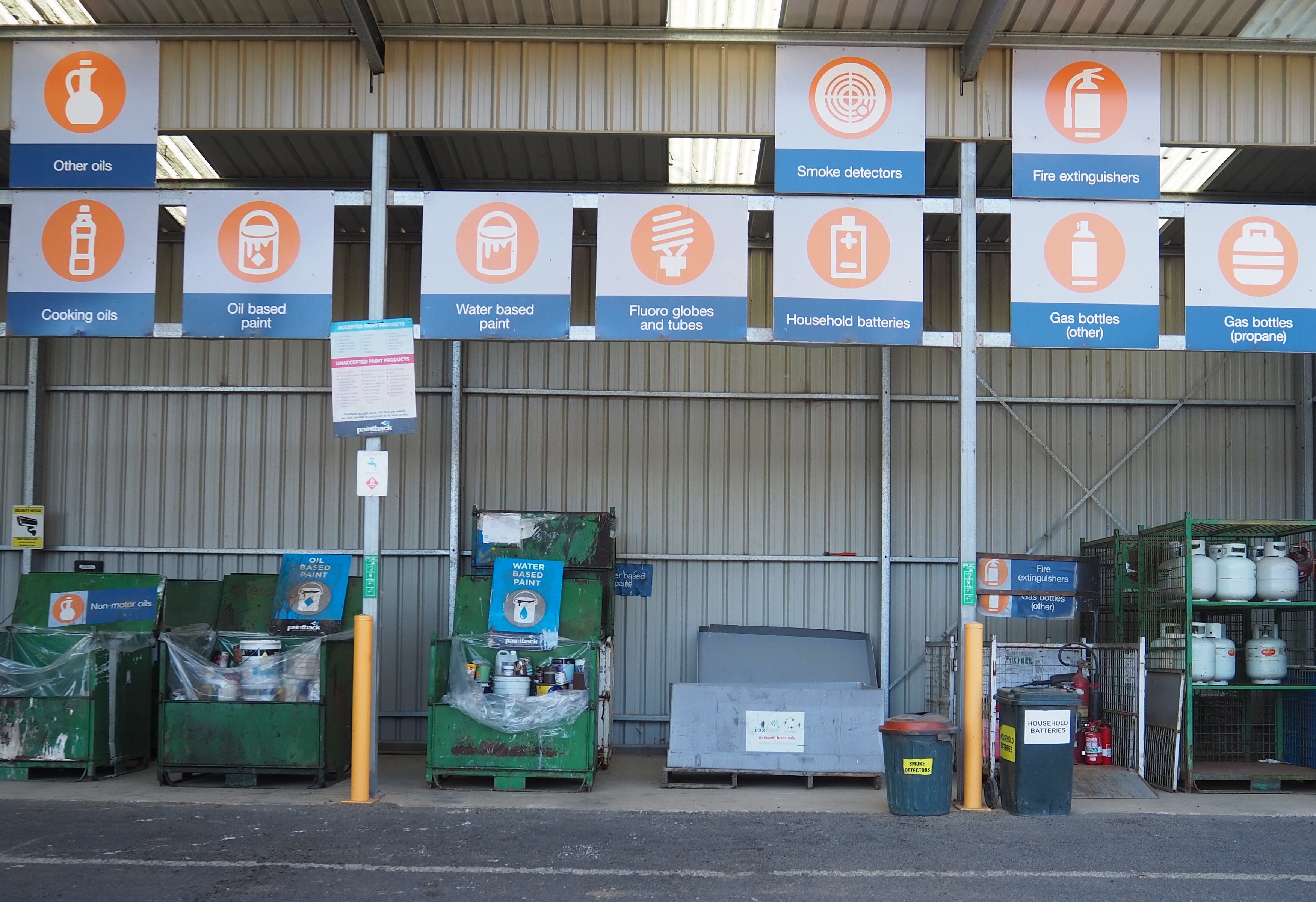As the enters its second week in Baku, Azerbaijan, global media have spotlighted it’s potential to become the second- largest COP on record with 65,000 registrations, Brazil’s bold emission-cutting commitments, and renewed calls from developing states for increased climate financing from wealthier countries for climate adaptation and mitigation efforts.
But what has been said about gender equality? Not much. Yet, the outcomes of this COP are decisive for women and girls. Here are five critical processes to watch as the second week kicks-off.

1. Women’s participation is not where it needs to be.
While this is the most gender-balanced COP yet in terms of confirmed registrations, with showing 40 per cent of the parties’ delegations are women, the same cannot be said about the representation at the highest executive levels. During the opening segment, there were only eight women speaking out of 78 government leaders, and only four leaders mentioned the impact of climate change on women.
2. Gender equality remains gridlocked in the negotiations.
The geopolitical divide between developed and developing countries is putting issues such as gender equality on the backburner. Concrete language regarding women’s rights and empowerment is not locked in because negotiations are gridlocked and consensus on issues such as climate finance and capacity building has not been reached, meaning there is less and less time to focus on gender equality.
3. The interlinkages between gender equality, peacebuilding, and climate action are mostly overlooked.
Women leading climate resilience and conflict prevention efforts highlighted how the could transform climate finance to be more gender-responsive and peace sensitive. Yet little attention is being paid to the linkages of these key issues.
4. Integrating the care economy into the Just Transitions plans.
While there is no guarantee yet that it will be kept, a breakthrough was the inclusion of care work, both paid and unpaid, in the draft outcome document on just transitions. It recognizes that the , as the amount of time that women and girls spend on unpaid care work will increase because of climate-induced scarcity of resources, and that climate policies must address this. At the same time, just transitions must acknowledge and address the gender gaps in skills, such as STEM, needed to access green jobs, mostly dominated by men. It remains to be seen if this key point will make it into the final document.
5. Uncertainty around gender-responsive climate finance.
The draft decision on climate finance does include a mention of gender. However, discussions so far do not adequately reflect the need to have gender-responsive actions, despite women being at the forefront of climate action, and there are fears that it could be traded off. In the second week, there needs to be a clear push for that is accessible to women-led grassroots organizations and feminist groups who are at the forefront of climate action.








